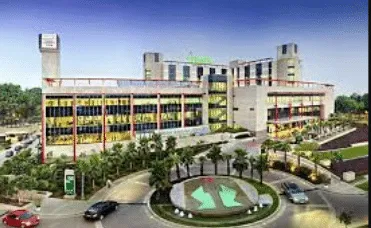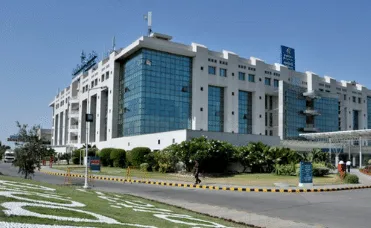1. Shoulder Pain
An orthopedic examines the pain in shoulders as it increases in the darkand gets worse with movement. These symptoms are often combined with care around a joint and maybea symbolof tendonitis. This condition, which occursthanks tooveruse or damage, can displayequivalentsymptomswithin theelbow, heel and wrist. Tendons fuctions as a joining to the muscles with the bones within thebody. If they become injured, overworked or lose elasticity during ageing,they willcause the tendon to swell and become inflamed.
2. Trouble Climbing Stairs
Joints within theknees and hips naturally begin to deteriorate over time, but sometimes their functioning become too painful. Joint replacement surgery is done to the patients who are complaining trouble in walking, climbing stairs or getting out of chairs. Chronic pain that lasts quitesix months and affects yourlifestylecould also beasign that your joints may be damaged. Past injuries and years of constant use are the reasons behind the joint replacement.
3. Tingling or Numb Hands
Carpel tunnel syndrome involves commonly droping things, or tingling in your thumb, index. The nerve that runs from your forearm to your wrist travels through a “tunnel” in your wrist and providesthe feelingto your thumband every oneof your fingers except your pinky. Carpal tunnel syndromeare oftencaused by several things including a previous wrist fracture or working with tools or machinery that vibrate or require repetitive flexing of the wrist.
4. Pain from Repetitive Motions
Occupationsthat needmovementduring aconstant motion often create stress injuries within themuscles, tendons and nerves. Machines that produce vibrations, constantly awkward positions and forceful exertionscan alsocause stress injuries. This condition can cause pain and harsh feelings in your body, especially within theupper body.
5. Painful Joints
Persistent or chronic pain in your jointsmay be asign that something is wrong. The term “chronic” means the pain lasts threeto 6months or never goes away. This painare oftenrelated toinflammation or swellinground thejoints, but italso canbea symbolthat the bones of the joints are rubbing together. Allof thosesymptomsare oftena symbolof arthritis.
Arthritis is more common in women than in men, and therefore therisk of developing arthritis increases with age. However, people as young as 20 can develop arthritiscounting ontheir risk factors. Excess weight, previous joint injuries and repeated bending of individual jointsthanks toan occupation or everyday taskalso canincrease your chances of arthritis.
6. Twisted Ankles
Walking on uneven ground or stepping on an object can often cause you to roll or twist your ankle. Pain onthe surfaceof the ankle, swelling and bruising are all typical signs of a twisted or sprained ankle. Sprains are common inpeople thatare on the move during the day. Some people have a predisposition to spraining their anklesthanks totheir posture or the way their feet are turned. Past ankle sprainsalso area risk factor for injuring your ankle again.
7. Swollen Wrist
Ifyou’ve gotever fallen and landed on your hand,the probabilitiesare your wrist became swollen and bruised.quitelikely, you had a sprained wrist. A sprainis that thestretching of the ligaments that connect your bonesto everyother. Pulling or possibly even tearing these ligaments causes pain and loss of movement in your wrist.
8. Swollen Joints
The symbol of bursitis are Joints which are swollen, tender, warm or stiff. This condition is caused by a risein activity level, overuse or excess weight. A bursamay be asaccrammed withfluid that protects the muscles, tendons and bones from rubbing againstone another. Bursitisis that theswellingof thosesacs. It happensmost frequentlywithin theshoulders, knees, elbows, feet and hips.
9. Worsening Injury
An injury from an accident,sort of afall or major accident, takes time to heal, but if the pain and swelling aren’t departureon their ownyou would possiblyhave a fracture. A fracturemay be acrack or breaksduring abone. They happenmost frequentlyto the arms, hips, spine and legs. Children break their armsquiteadults because theyplan tocatch themselvesonce theyfall. People mostin dangerfor fractures are under the age of 20 or over the age of 65.
Signs of a fracture include swelling or bruising over an injury to a bone, pain that gets worse with movement or pressure, and a loss of function of the injuredpart.
10. Weak, Stiff and Bruised Muscles
A muscle injury occurs If you’ve got an injury and are now experiencing swelling, pain and a blue-gray discolouration round theinjury. These injuries happen when a muscle is hit with a blunt object, or your body is crashed into a toughobject. The fibres of the muscle are crushed, but the skinisn’tbroken. Sometimes, blood can pool under the skin creating a lump over the injury.







